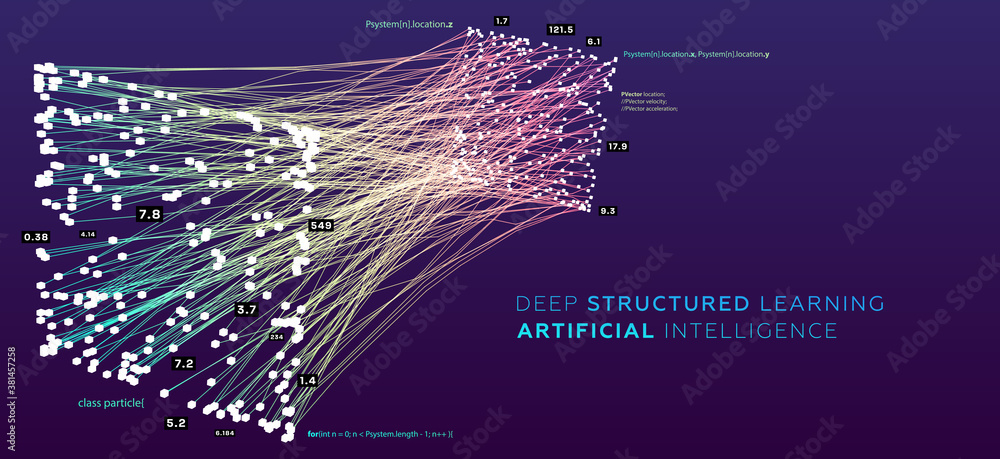
Welcome to the third installment of our comprehensive nine-part series explicitly written for DoD and enterprise leaders. This series aims to demystify the complex realm of semantic technologies and their applications in modern organizations.
Semantic technologies represent a paradigm shift in how we approach data and information management. Unlike traditional systems that treat data as isolated facts, semantic technologies understand the meaning and relationships between data elements, enabling more intelligent and context-aware applications.
Core Components:
The journey from simple databases to semantic systems represents several generations of technological advancement:
Generation 1: File Systems
Generation 2: Relational Databases
Generation 3: NoSQL Systems
Generation 4: Semantic Technologies
Semantic technologies deliver measurable improvements in operational performance:
Process Automation: Streamlining workflows through intelligent decision-making Resource Optimization: Better allocation of personnel, equipment, and budget Quality Improvement: Reducing errors and improving consistency Speed to Market: Accelerating product development and deployment
Enhanced analytical capabilities support better strategic planning:
Market Intelligence: Comprehensive understanding of competitive landscape Risk Assessment: Proactive identification and mitigation of threats Opportunity Recognition: Discovering new markets and revenue streams Performance Monitoring: Real-time tracking of key metrics and KPIs
Improved understanding of customer needs and preferences:
Personalization: Tailoring products and services to individual customers Predictive Analytics: Anticipating customer needs and behaviors Omnichannel Integration: Seamless experience across multiple touchpoints Customer Journey Mapping: Understanding the complete customer lifecycle
Semantic technologies enhance intelligence capabilities:
Multi-source Fusion: Integrating information from diverse intelligence sources Pattern Recognition: Identifying threats and trends across multiple domains Predictive Intelligence: Forecasting potential security challenges Collaborative Analysis: Enabling team-based intelligence work
Improved operational decision-making:
Situational Awareness: Real-time understanding of operational environment Resource Coordination: Efficient allocation of military assets Mission Planning: Comprehensive operational planning and execution Interoperability: Seamless communication between different systems
Enhanced learning and preparation:
Adaptive Training: Personalized learning experiences for personnel Scenario Development: Realistic training environments and situations Performance Assessment: Objective measurement of competence Knowledge Retention: Long-term retention of critical information
Choosing the right semantic technology stack:
Open Source vs. Commercial: Evaluating cost, support, and customization needs Scalability Requirements: Ensuring systems can handle growth and increased load Integration Capabilities: Connecting with existing enterprise systems Security and Compliance: Meeting industry and regulatory requirements
Preparing the organization for semantic technology adoption:
Change Management: Managing cultural and process changes Training and Education: Building internal expertise and capabilities Stakeholder Engagement: Involving key personnel in planning and implementation Pilot Projects: Testing concepts in limited scope before full deployment
Ensuring high-quality data for semantic applications:
Data Standards: Establishing consistent formats and definitions Quality Assurance: Implementing processes to maintain data accuracy Governance Frameworks: Defining roles, responsibilities, and processes Compliance Requirements: Meeting legal and regulatory obligations
Objective performance indicators:
Efficiency Gains: Reduced processing time and resource requirements Cost Savings: Lower operational and maintenance costs Quality Improvements: Reduced errors and improved accuracy Productivity Increases: Higher output with same or fewer resources
Subjective but important improvements:
User Experience: Better interface design and usability Decision Quality: Improved strategic and operational decisions Innovation Capacity: Enhanced ability to develop new products and services Competitive Advantage: Unique capabilities that differentiate from competitors
Connecting diverse data sources:
Challenge: Legacy systems with different data formats and standards Solution: Middleware and data transformation tools Best Practice: Start with high-value, well-structured data sources
Ensuring widespread use of new systems:
Challenge: Resistance to change and learning new tools Solution: Comprehensive training and change management programs Best Practice: Involve users in design and provide ongoing support
Maintaining system responsiveness:
Challenge: Complex queries and large data volumes Solution: Query optimization and caching strategies Best Practice: Monitor performance and optimize based on usage patterns
AI capabilities will enhance semantic technologies:
Machine Learning: Automated pattern recognition and prediction Natural Language Processing: Improved human-computer interaction Automated Reasoning: Enhanced decision support and analysis Cognitive Computing: Systems that learn and adapt over time
Distributed processing for improved performance:
Local Processing: Reducing latency and bandwidth requirements Real-time Analysis: Immediate processing of streaming data Privacy Enhancement: Keeping sensitive data local when possible Scalability: Distributed architecture for growth and reliability
This article provides enterprise and defense leaders with a comprehensive understanding of semantic technologies and their business value, setting the foundation for successful implementation and adoption.
In Part 4, we will explore the critical role of common vocabularies and ontologies in unlocking data potential.

The defense sector is evolving rapidly with the integration of data science. With advancements in data technologies, data science has become crucial in shaping military strategy and operational decisions. Modern military strategy heavily relies on data-driven insights, predictive models, and real-time analysis to gain an advantage over adversaries.

In the rapidly evolving landscape of artificial intelligence and data management, understanding the distinctions between knowledge models, ontologies, and knowledge graphs is crucial for organizations looking to implement effective knowledge management systems. This first installment of our series provides a foundational understanding of these concepts and their relationships.